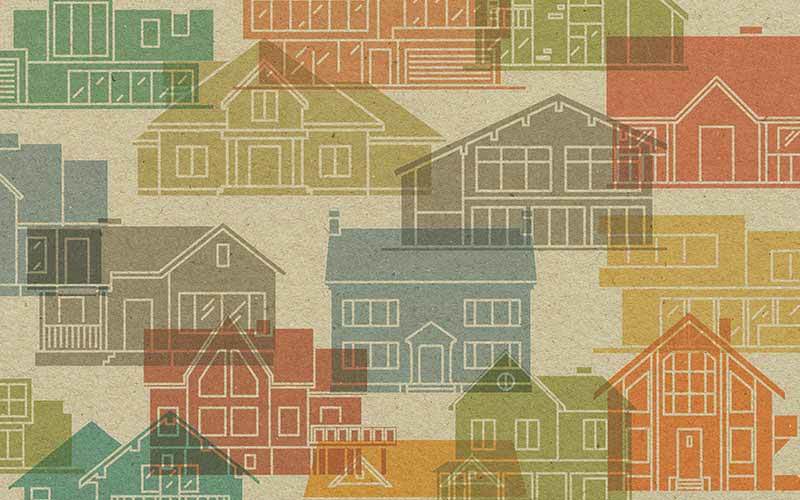Industry Trends
Brand Strategy

Written By
Wray Ward
In order to recognize what captivates and motivates their customers, marketers must understand them on a psychological level. This is marketing 101. But the COVID-19 pandemic fueled critical changes in consumers’ preferences, subsequently affecting their mindsets and purchasing behavior. For example, in 2021, a heavy focus on health and safety has resulted in increased consumption of fresh foods and home cleaning services.
A growing emphasis on home-centric living has also changed shopping dynamics and created new buying trends. Several key themes have emerged, including holistic wellness, home as a refuge, sustainable living and an emphasis on recyclable products.
While it is unclear just how much these trends will stick in 2022, the health and environmental concerns of increasingly self-aware consumers will surely shape the new normal for years to come.
1. Holistic wellness
Wellness amenities can support everything from physical fitness, nutrition and relaxation to mental wellness, including mindfulness, hobby exploration, social interaction and greater community engagement.
A projected $1.5 trillion valuation at 5% to 10% annual growth for the global wellness market creates opportunity for brands to build affinity by offering solutions that empower self-improvement and encourage higher-order fulfillment.
From brands that augment personal health goals such as hims and hers to at-home fitness brands like Tonal and Peloton, the aim is to support consumers in their journey to a better quality of life through an investment in self and wellness.
But it’s not just products that live in this space: The nature of wellness as a priority touches every corner of the marketplace. For example, real estate developer Crescent Communities taps into consumers’ increased focus on holistic wellness by planning properties that put these amenities (and the marketing of them) on center stage. Crescent and other astute companies intentionally include amenities and programming that promote multiple facets of wellness for prospective residents, all while creating spaces to build community.
2. Home as a refuge
With a growing emphasis on the home as a refuge, marketers have a fresh opportunity to frame the whole home as a place to retreat from the chaos of the world.
Considerations such as wellness, air quality, comfort, function and convenience have collectively gained importance following pandemic lockdowns. When competing for market share, companies can succeed by positioning their brand or products as key differentiators in these areas.
For instance, MrSteam aims to educate consumers about the health benefits of steam and how easy it is to enjoy these benefits via a spa-like experience at home. Especially considering the steam shower’s potential to increase a home’s resale value, consumers can confidently invest in their own personal sanctuary.
While some brands, like MrSteam, naturally evolved to embrace the idea of home as a refuge, Broan-NuTone is stretching outside of its traditional bathroom and kitchen domain: In 2021, the company piloted its whole-home ventilation monitoring system, Overture.
Overture’s measurement and responsive ventilation capabilities help reduce the concentration of pollutants in individual rooms. In doing so, it offers homeowners reassurances about their indoor air quality and empowers them to take charge of the comfort and safety of their home.
Although not a direct response to the pandemic, Overture is a timely answer for heightened concerns and only bolsters the home as a refuge. Furthermore, while this whole-home application is an unusual move for Broan, it works partly because it stays true to the brand’s original purpose.


